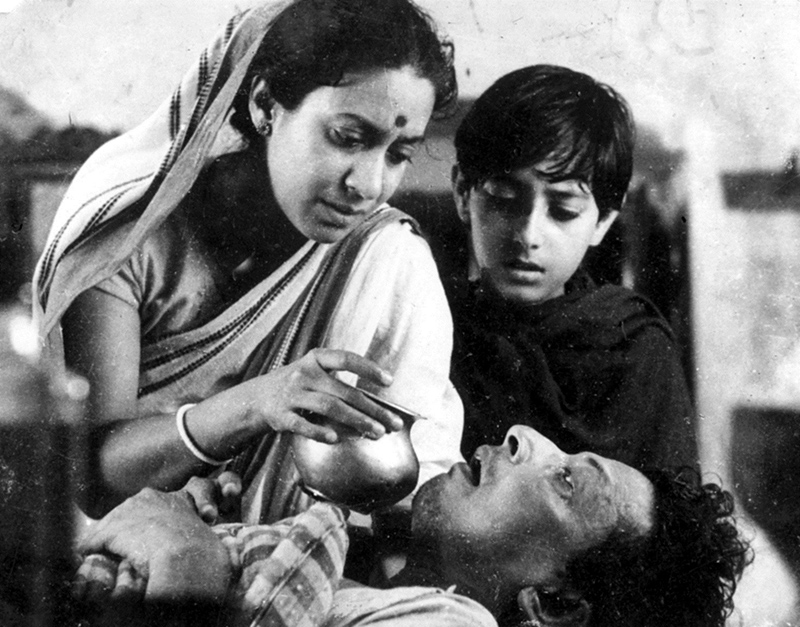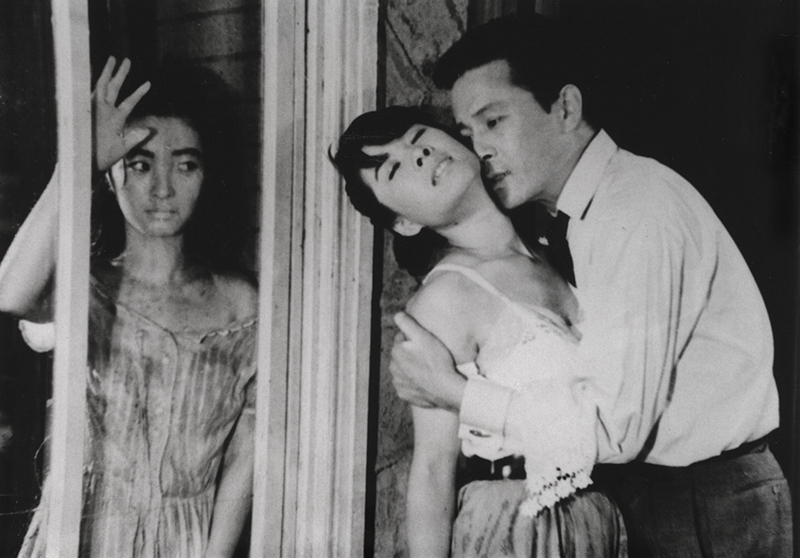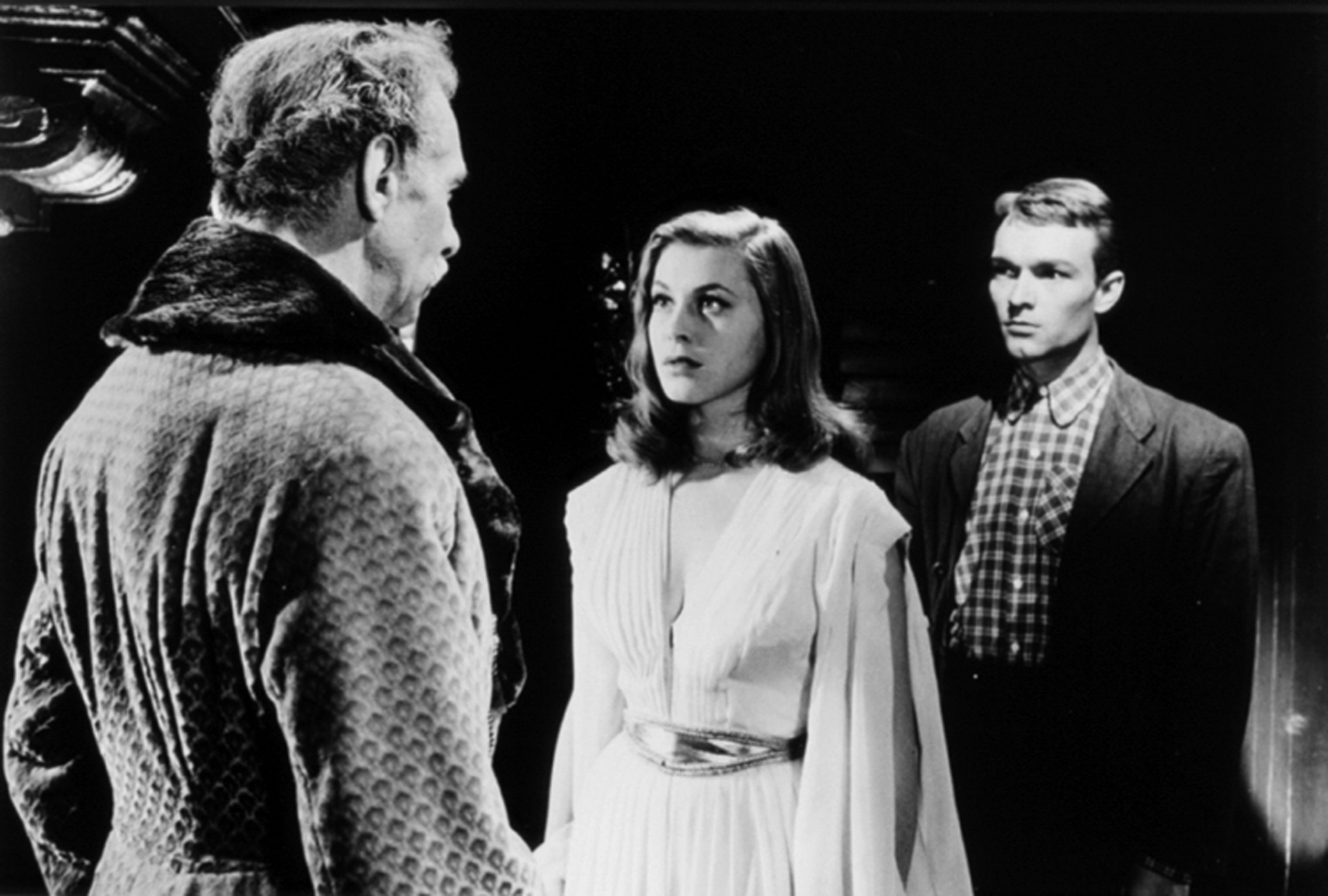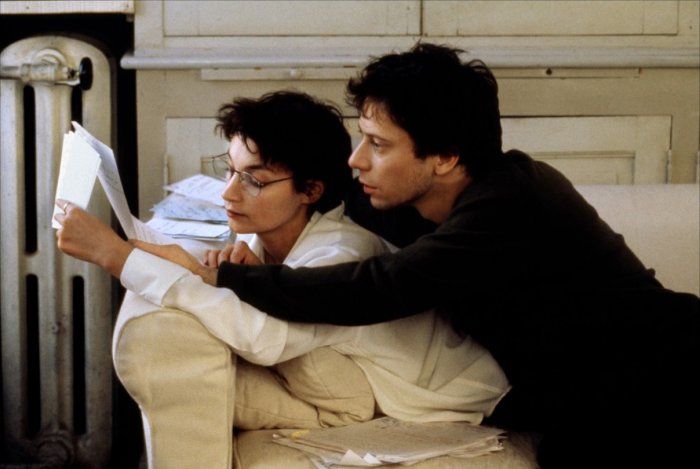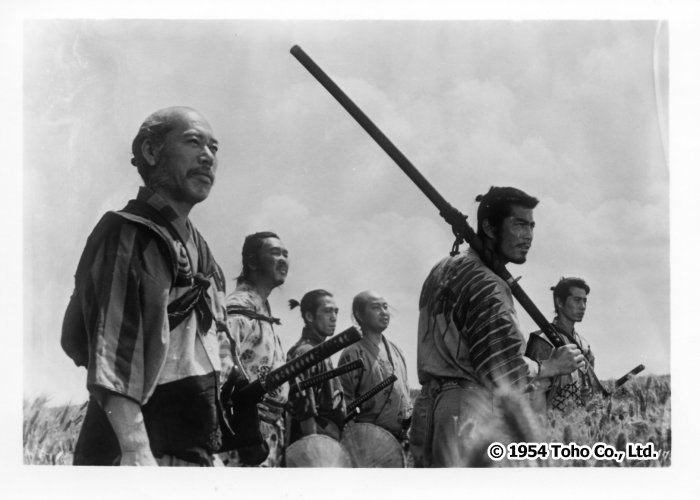영화 정보

Spring in a Small Town
20th(2015) Special Programs in Focus
Love/Romance · Social Criticism · Psychology
- CountryChina
- Production Year1948
- Running Time93min
- Format Film(35mm)
- ColorB&W
Program Note
In China’s official film history, Fei Mu is labeled as an ideologically irresolute petit bourgeois artist, because he never joined the Leftist filmmakers camp. Fei Mu’s final work Spring in a Small Town was criticized as “spreading passive, contradictory, decadent, pale, sickly, depressing, gloomy” sentiments. After being buried for 35 years, the film saw the light again at a Chinese cinema retrospective in Hong Kong in 1983, stunning critics who hailed it as a masterpiece. Thereafter it has taken first place position in multiple Top 10 Chinese-language film polls and earned a reputation for being the “Best Chinese Film.”
Spring in a Small Town has a cast of five — wife, husband, younger sister, guest, servant; and a simple situation — the chronically ill husband is weary of life; his wife takes care of him as she has no choice; one day they are paid a visit by his old friend who turns out to be her first love. Despite the airtight environment, Fei Mu created psychological depth and complexity with the wife’s internal monologues which take the form of her off-screen voice. Through meticulous rehearsals and improvisation, he enabled the actors to slip comfortably into their roles, and gave the acting nuance by steps, postures and hand gestures borrowed from the Chinese operatic stage. An exceedingly seductive Wei Wei gave the sexiest performance in Chinese film history as a wife caught between duty and desire.
Possibly borrowed from the theatre and transformed into pure filmic style by Fei Mu was the long take aesthetic featuring the plan-séquence — quietly observing with a horizontal mise en scène instead of a composition in depth. Dialogues are sparse, relying on the eyes and on gestures to express the intricacies of the relationships. Dissolves replace cuts between scenes, to reflect the tender and lingering nature of the romantic entanglements. Even more intoxicating are the dissolves within a single scene which sublimates rather than pushes the narrative. Sometimes dissolves come out of nowhere to highlight a moment of recognition. Viewed today, these are still daring modernist film concepts way ahead of their time.
Boudoir blues as a metaphor is a recurring trope in traditional Chinese art and literature. Spring in a Small Town was made in 1948 against a background of civil war after the War of Resistance against Japan was won. The woman trapped between husband and lover is an imagery for the intellectuals of the time who saw themselves as neither “progressive” nor “reactionary.” (LI Cheuk-to)
Director


FEI Mu
Born in Shanghai, he worked as an assistant of Hou Yao. He made the first film Night in the City, and Song of China, which garnered recognition. In 1948, he made Spring in a Small Town, about a love triangle set in the post- war Chinese society, which gave him a huge success. After his death, his films were forgotten due to the ideological reason, but rediscovered in 1980s in China, and Spring in a Small Town is now considered the greatest Chinese film of all time by Chinese critics.
Photo


Credit
- Director FEI Mu 페이무







